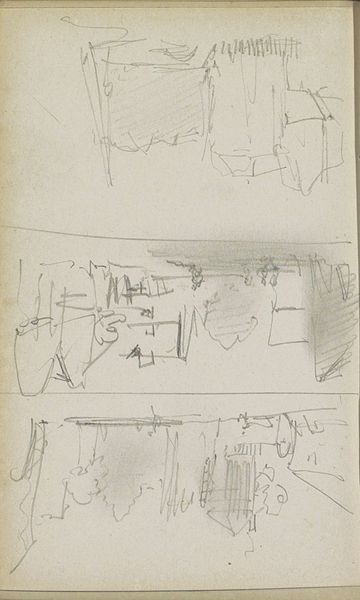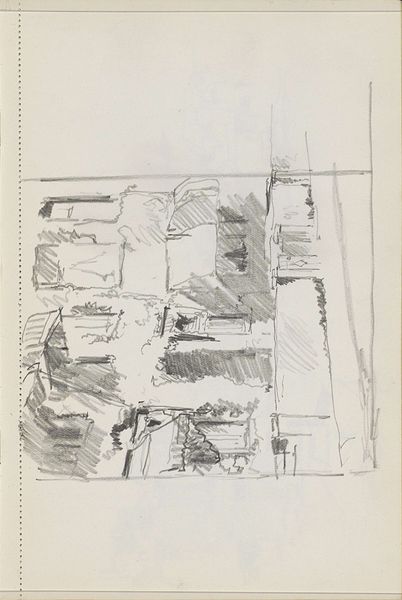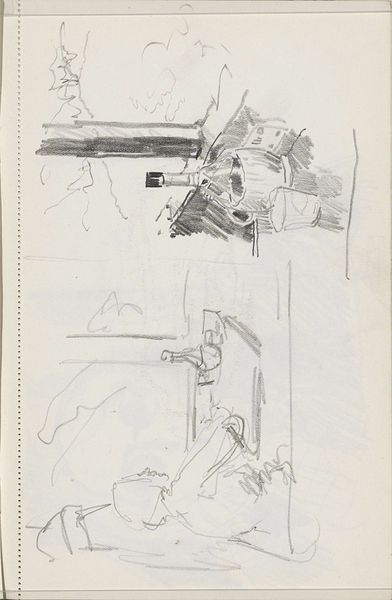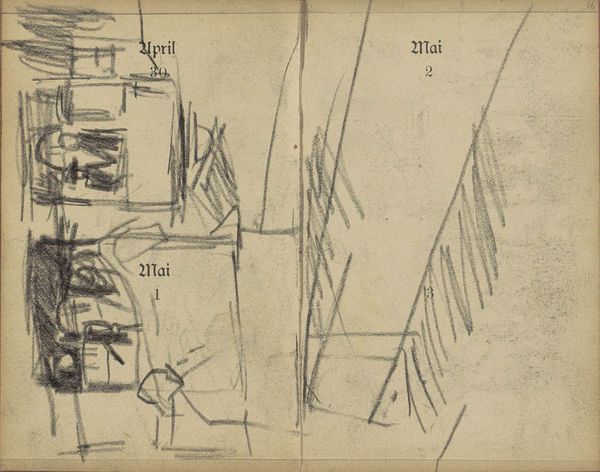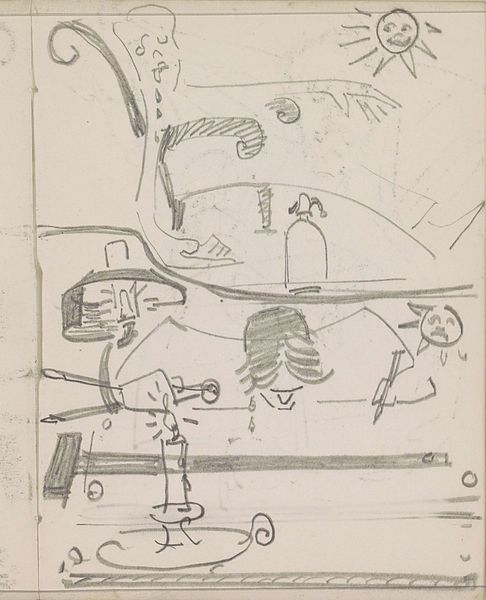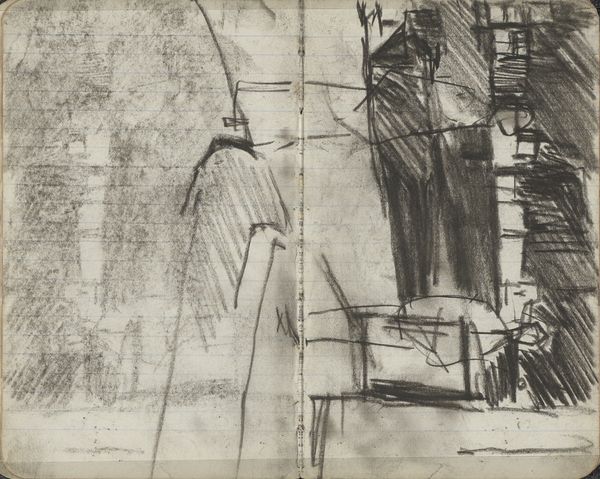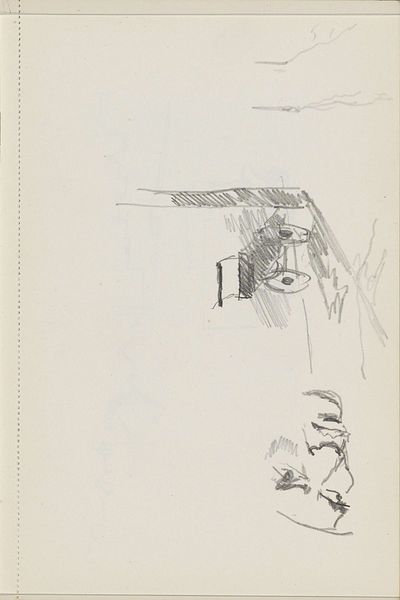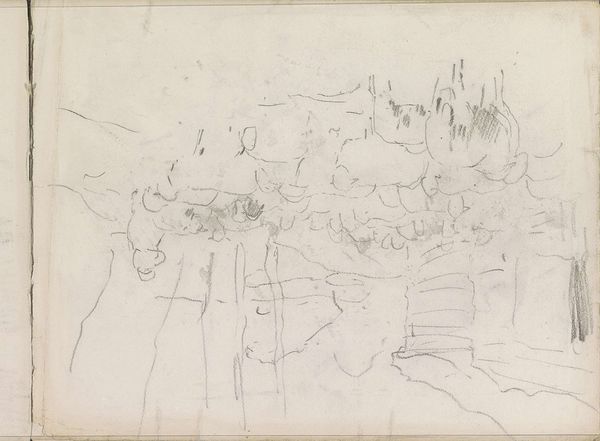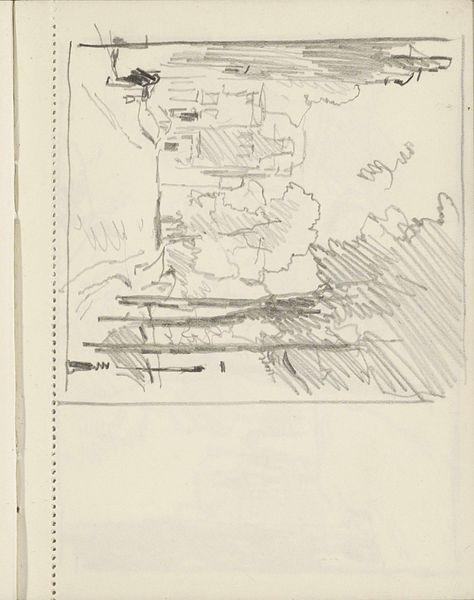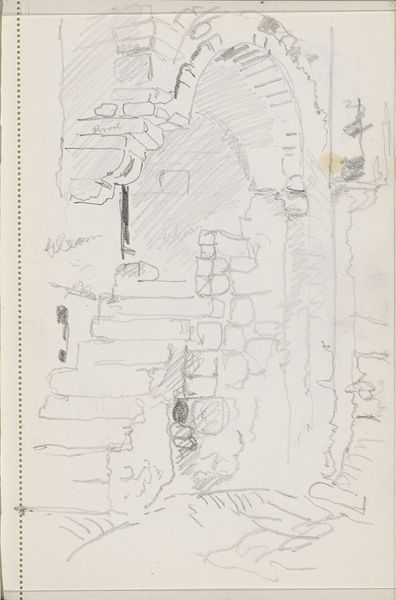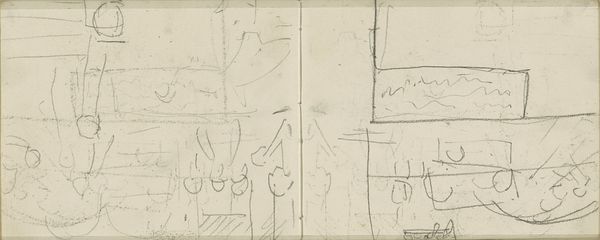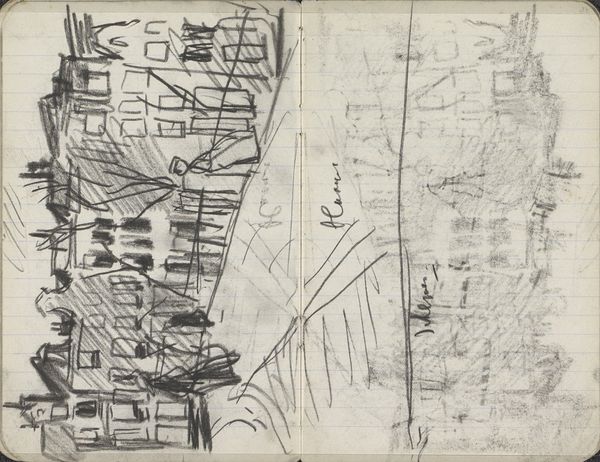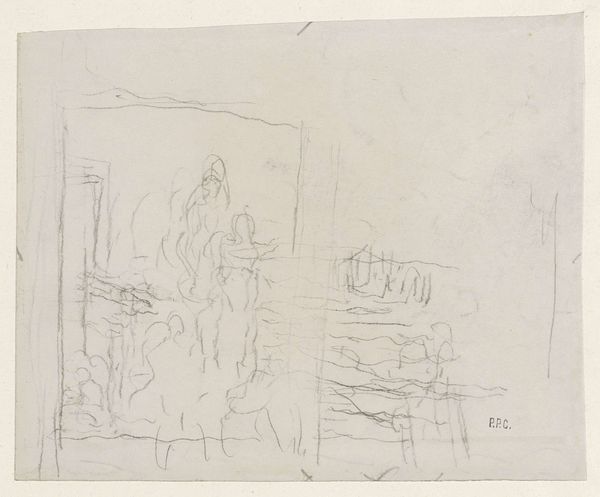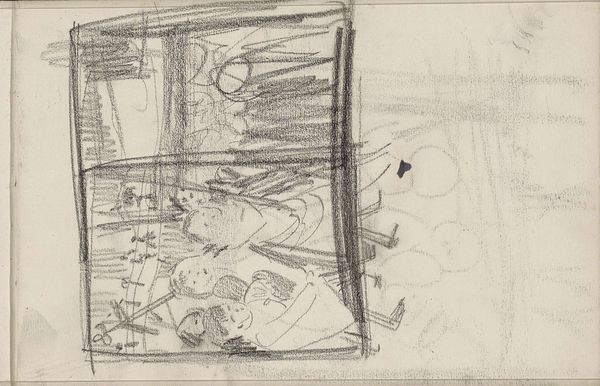
Dimensions: sheet: 25.2 x 20.2 cm (9 15/16 x 7 15/16 in.)
Copyright: National Gallery of Art: CC0 1.0
Editor: This is Robert Frank's "Switzerland 5" from 1961, a gelatin silver print. It’s… striking, but almost overwhelming at first glance. The dark lines of the film strip create a strong structure. How would you interpret the organization of the various frames, and how does that contribute to the overall reading of the work? Curator: Note how the artist has created a structural counterpoint. Frank organizes the work as one would find on a film roll – however he is not presenting his artistic efforts chronologically, which changes how the viewer reads his work. It prompts a reading from different vantage points within this framework. Editor: So, less a narrative, and more an array of perspectives? I see a tension between landscape views and more intimate indoor scenes; how does that dynamic function formally? Curator: Observe the gradations of tone. The subtle grayscale tonalities of each scene are brought to our immediate perception by the formal arrangement – dark contrasting against light to create texture. The contrasts themselves create points of entry; they pull you into various viewpoints within Switzerland as the artist perceived it. Editor: So it's about pulling back to see a cohesive composition while zooming in for a micro-analysis. Fascinating. The overall composition is, in essence, more of an aesthetic puzzle with many valid approaches. Curator: Precisely, with our point of resolution rooted within the structural form and individual frames. Through compositional organization, the artist compels a constant tension. Editor: I never considered the frames as structural components within the overall composition of the piece before. Thank you! Curator: It's a pleasure to share. The artist’s organization guides the viewer into finding cohesion.
Comments
No comments
Be the first to comment and join the conversation on the ultimate creative platform.
